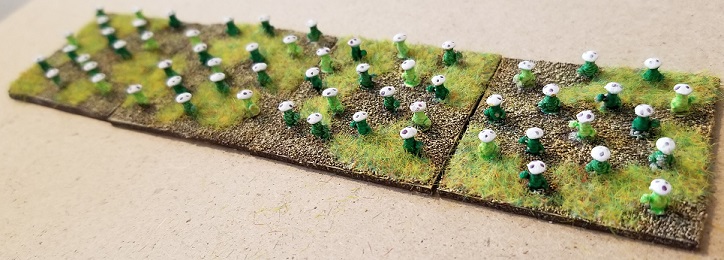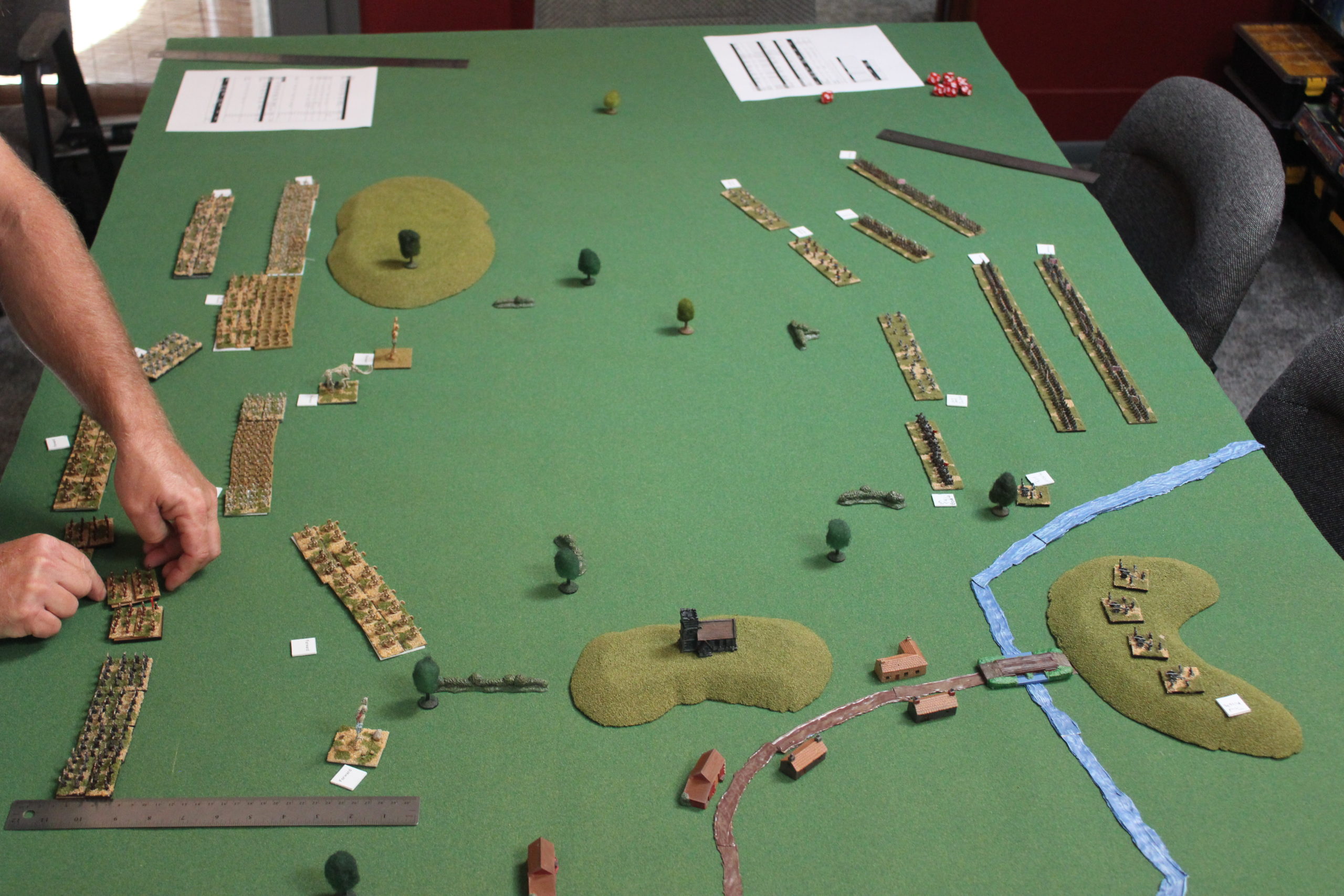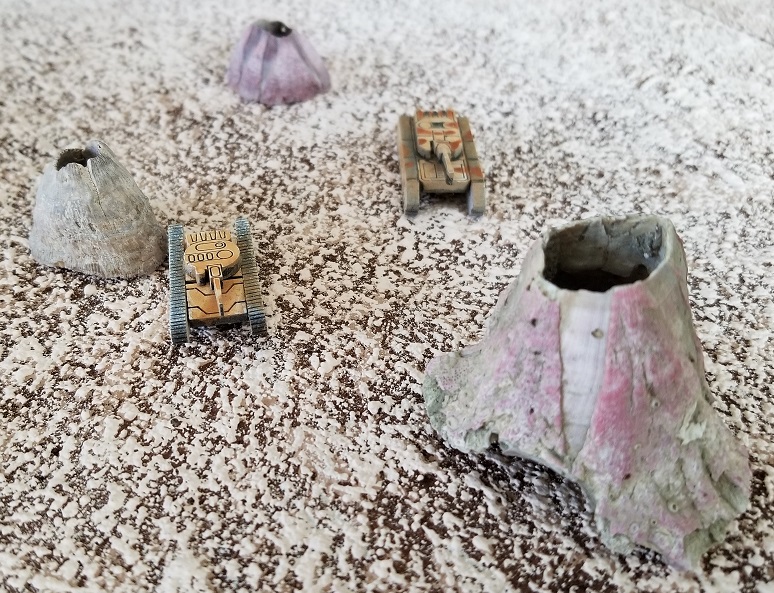Aaaaand we’re off! Took quite a while to get here. Looking back through old documents and notes, the first version of what would one day become Ages of Conflict is dated March 26, 2016. Much different game at that point as the game was still nothing more than a hobby that we’d dabble with occasionally. It wasn’t until two years later, April 5, 2018, that we met to form Bad Goblin Games and take a serious look at game development.
It’s been a crazy few years. Writing. Testing. More writing. More testing. Conventions. (Or lack thereof.) Covid. Hasn’t been easy and sometimes it has been downright trying, though we’re finally here.
We want to reiterate that while the rules are “complete,” we want everyone to be involved. Please be sure to check out the demo copy of the rules and let us know of any questions, suggestions, or comments you have. This is your game!
Thank you, All!







